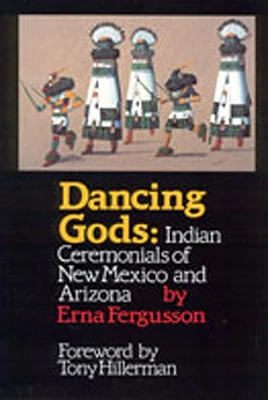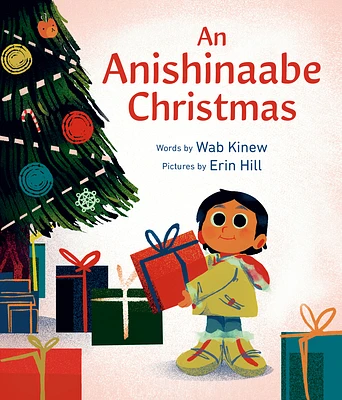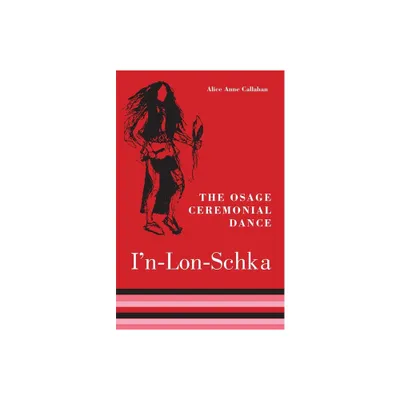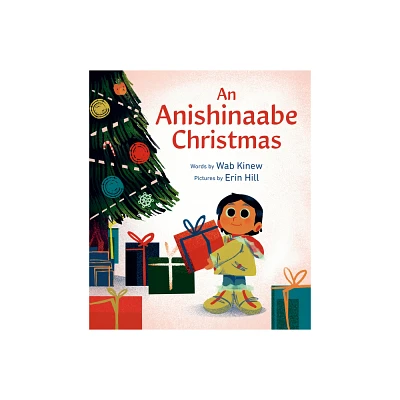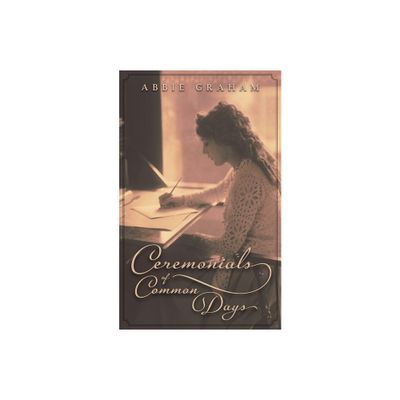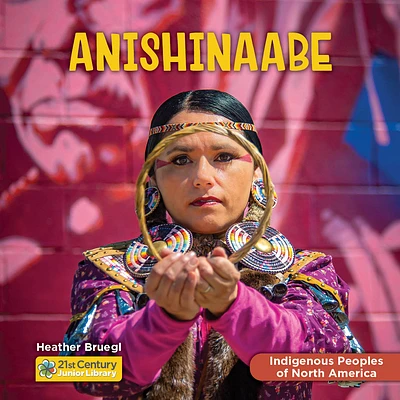Home
Anishinaabe-Niimi'iding: An Anishinaabe Ceremonial Dance
Loading Inventory...
Barnes and Noble
Anishinaabe-Niimi'iding: An Anishinaabe Ceremonial Dance
Current price: $19.95


Barnes and Noble
Anishinaabe-Niimi'iding: An Anishinaabe Ceremonial Dance
Current price: $19.95
Loading Inventory...
Size: OS
*Product Information may vary - to confirm product availability, pricing, and additional information please contact Barnes and Noble
An essential guide to the sacred Big Drum ceremony of the Ojibwe, as told by a respected elder, explained in both the Ojibwe and English languages.
Sometime in the last half of the nineteenth century, a group of Dakota presented the Ojibwe with the Big Drum and the ceremonies around it, as an act of peace and goodwill. The US government promptly outlawed the traditional, spiritual ceremony, along with all other Indigenous spiritual practices, in order to destroy Native culture—but it permitted the secular powwow as a tool of economic development. The Ojibwe people, however, maintained the ceremony in secrecy.
In this firsthand, bilingual account, Lee Obizaan Staples shares the stories and the practice of the Big Drum ceremony. He discusses the use and care of the drum, the duties of membership, the spirits associated with the drum, personal conduct while near the drum, and much more.
"These Anishinaabe ceremonial drums were given to all Anishinaabe people," says Obizaan. "I am doing this writing so that the Anishinaabe will be able to get a better understanding of the spiritual depth of what is available when these ceremonial drums are being used." Obizaan—a ceremonial drum keeper at Aazhoomog, a first-language speaker, and a principal authority on the ceremonial life of the southwestern Ojibwe—has worked with Ombishkebines, his surrogate son and right-hand man, to provide these Ojibwe and English versions of these ceremonies.
Sometime in the last half of the nineteenth century, a group of Dakota presented the Ojibwe with the Big Drum and the ceremonies around it, as an act of peace and goodwill. The US government promptly outlawed the traditional, spiritual ceremony, along with all other Indigenous spiritual practices, in order to destroy Native culture—but it permitted the secular powwow as a tool of economic development. The Ojibwe people, however, maintained the ceremony in secrecy.
In this firsthand, bilingual account, Lee Obizaan Staples shares the stories and the practice of the Big Drum ceremony. He discusses the use and care of the drum, the duties of membership, the spirits associated with the drum, personal conduct while near the drum, and much more.
"These Anishinaabe ceremonial drums were given to all Anishinaabe people," says Obizaan. "I am doing this writing so that the Anishinaabe will be able to get a better understanding of the spiritual depth of what is available when these ceremonial drums are being used." Obizaan—a ceremonial drum keeper at Aazhoomog, a first-language speaker, and a principal authority on the ceremonial life of the southwestern Ojibwe—has worked with Ombishkebines, his surrogate son and right-hand man, to provide these Ojibwe and English versions of these ceremonies.
